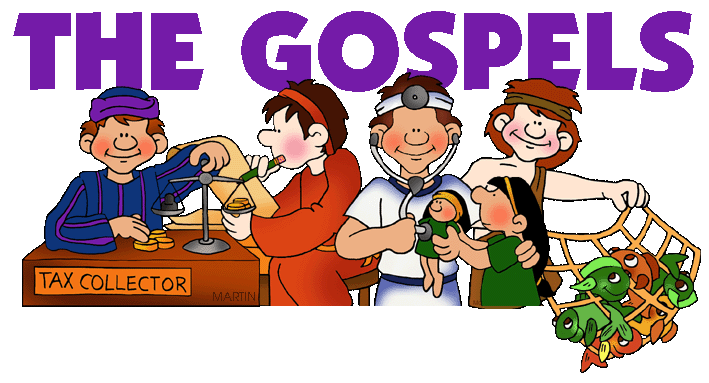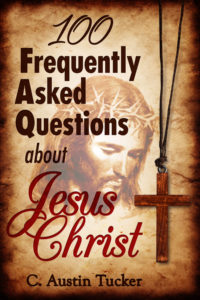Can the Gospels be Trusted?

The four Gospels in the Bible are the first four books in the New Testament: Matthew, Mark, Luke, and John. And they set forth the life of Jesus Christ. Can they be trusted? Yes, absolutely.
Imagine the following scenario: You’re famous and today you write a letter. Over the next 100 years, your letter is preserved in multiple ways: people photocopy it, people copy it by hand, people paraphrase it, and people make notes on it. Within two hundred years, your original copy is lost, but thousands of these various copies remain. Some of the copies are torn and have text missing, some have errors and typos, some have the notes people made accidentally integrated into the text. However, many of the copies have the text intact, just the way you wrote it.
Could a person study all these copies and reasonably determine what you actually said? The answer is yes, and this is the same kind of thing that happened with the Gospels.
More than 2,000 manuscripts and manuscript fragments exist from the earliest centuries of the church, and these represent every portion of the Gospels. More than 90% of the Gospels is fully recoverable, and more than 50% is free of textual variants (those typos, paraphrases, misspellings, etc.). For those manuscripts that have textual variants, a comparison is enough to determine the original content. For example, consider the following sentences, taken from five different fragments of a document:
The brown cat ran into the blue house.
The brwn caterpillar ran into the blue house
The orange cat walked into the blue house.
The brown cat ran into the bleu hut.
The brown cat ran into the red house.
So in evaluating these fragments, you must ask yourself the following questions: was it a cat or a caterpillar, was it brown or orange, did it walk or run, was it a house or a hut, and was that structure red or blue?
The overwhelming evidence indicates a brown cat ran into a blue house. Only one of the fragments say caterpillar, only one says the cat was red, only one says the structure was a hut, and only one says the structure was red. In the same way, because of the overwhelming agreement between the Gospel fragments and copies, we can be certain that the Gospels we have represent what the original authors actually said.
Did you enjoy this article? Get answers to more questions like this with this free ebook! Just click on the cover below to grab your copy.
